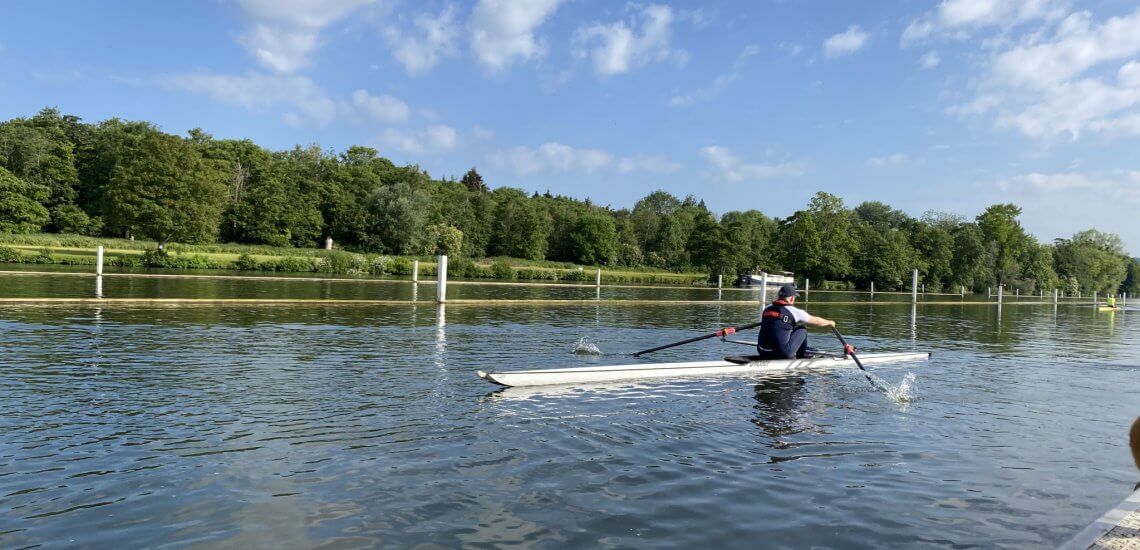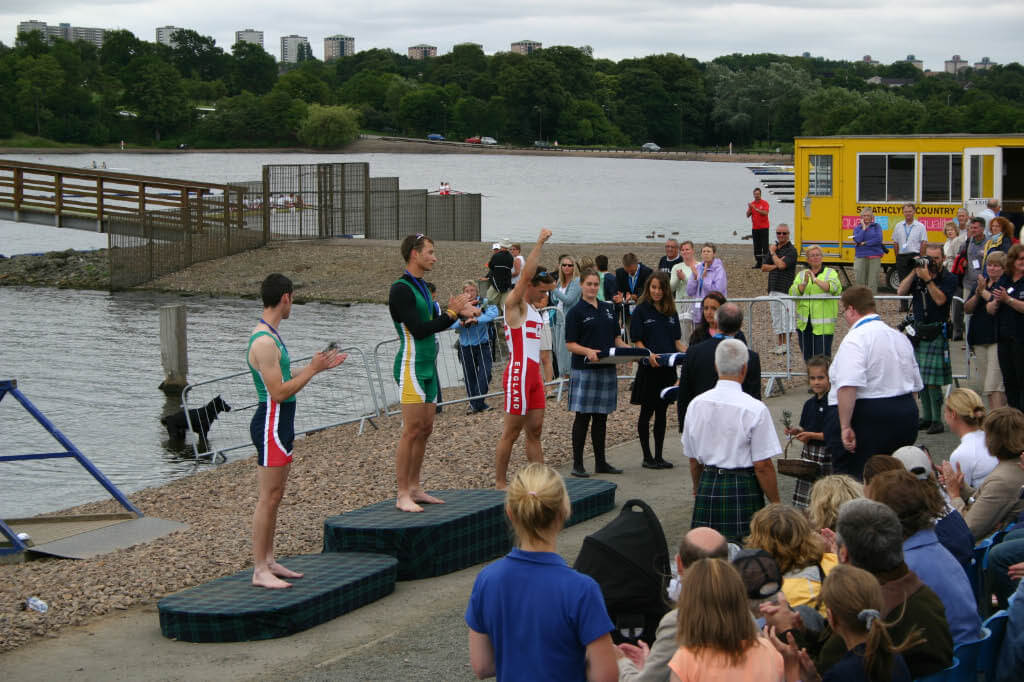What does competitive rowing training look like after chemotherapy? William Hoodless, a competitive rower who underwent brain tumour and chemotherapy, is taking us through his recovery journey, plans to get back to competitive rowing, and his insights on how flywheel training has helped him regain strength – safely.
1. What is your athletic background? What were your best results and proudest accomplishment?
I have been rowing for nearly 35 years, mostly in the single scull. For most of that time, I largely ran my own programme, drawing on knowledge from great coaches around me.
At the peak of my career, I was racing at international standard regattas, notably racing in the prestigious Diamond Challenge Sculls event at Henley Royal Regatta 7 years in succession, reaching the semi-final in 2006.
In 2006 I was selected to race for my country at the Commonwealth Rowing Championships, where I won a bronze medal.
Pictured: William Hoodless receiving the Commonwealth Bronze Medal
From around 2013, I became more involved in our family business which reduced the amount of time I had to train, but I remained competitive at domestic competitions.
One evening in 2016, I suffered a seizure and after some tests, I was diagnosed with a low-grade brain tumour. The tumour continued to cause seizures and I underwent surgery to remove most of the tumour in late 2017. I was then put on a ‘watch and wait’ regime where I had scans every 6 months.
This continued without any concerns until August 2022, when the scan suggested that the tumour had begun to regrow. I was offered a choice of further surgery (which was risky) or radiotherapy and chemotherapy. I opted for the latter and then had a year-long course of quite harsh treatment.
I finished that treatment at the end of 2023, and although there is never an ‘all clear’ with brain tumours, all was fine at the last scan.
2. How did your condition and the treatment impact your training ability? And now that your treatment has finished, has that experience changed your approach to training?
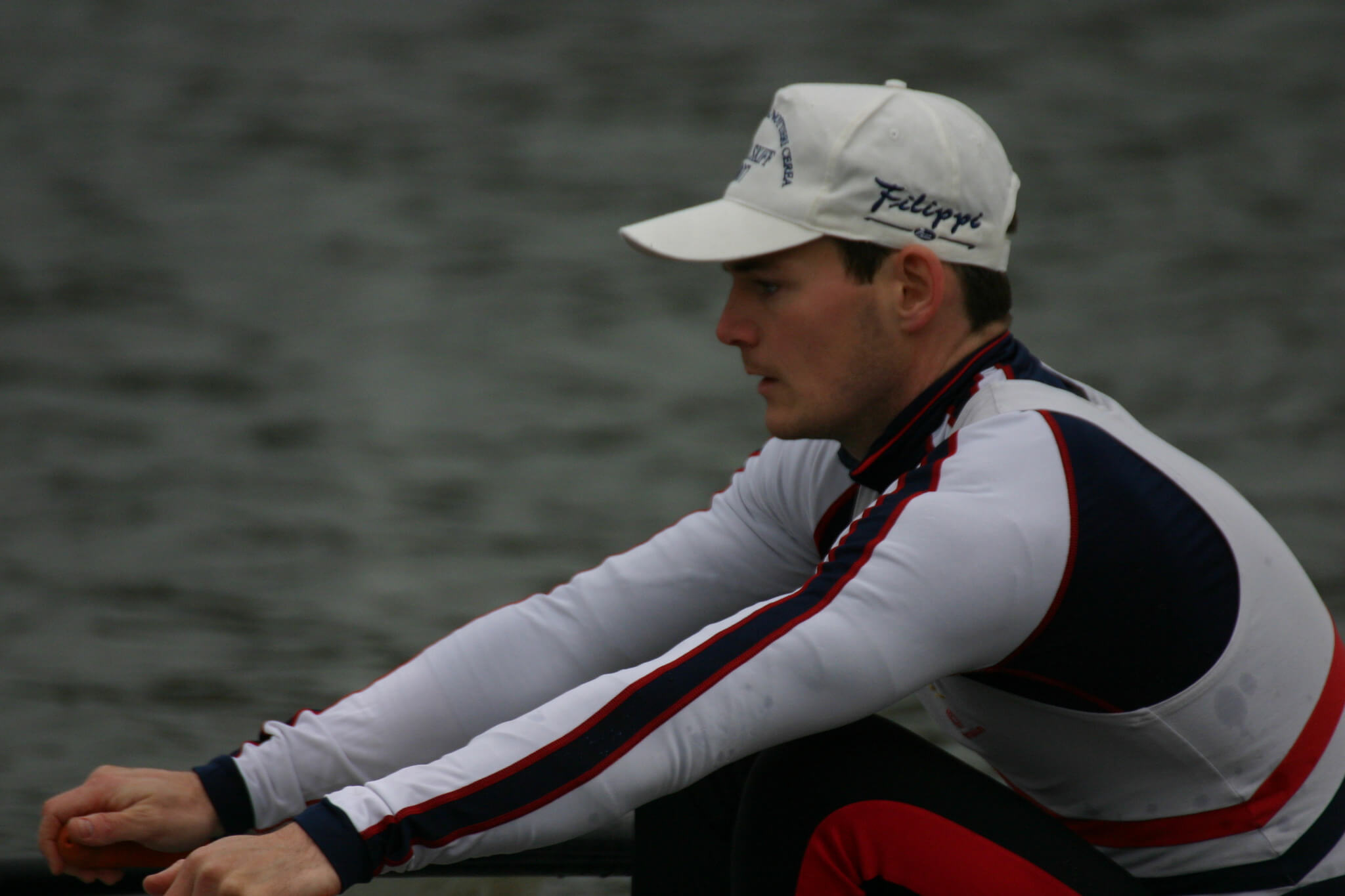 One of the biggest issues with the tumour about the training was that it caused seizures – not something you would want to happen alone on the water in a single scull, so I stopped single sculling for a time. Before I had the surgery I had some seizures not long after training sessions. I developed a fear of seizures so I wouldn’t train to maximum intensity.
One of the biggest issues with the tumour about the training was that it caused seizures – not something you would want to happen alone on the water in a single scull, so I stopped single sculling for a time. Before I had the surgery I had some seizures not long after training sessions. I developed a fear of seizures so I wouldn’t train to maximum intensity.
In 2022, I started to have reflexology sessions and dealt with my fear of seizures (I hadn’t had any since the surgery) – at that point we had sold our family business and I had time on my hands so I decided to really attack my training and attempt to be competitive again. Unfortunately, this was just before I was told I would need more treatment!
Due to the harshness of the treatment regime, I decided that I would have to put my plans on hold, but I resolved to maintain a basic level of fitness to build back from when the treatment was over. This was done mostly by doing low/medium intensity sessions on the rowing machine. This training was also a great benefit psychologically through the long months of treatment.
Returning to training after the treatment has required me to really stay on top of assessing how training is affecting me. It is less easy to predict how tired a session will make me and how long it will take to recover, so I need to be more prepared to decide to scale back my plan than I might have been in the past.
3. How would you evaluate your current condition as an athlete? What key areas are you looking to improve?
At the end of the treatment, my fitness was of course reduced – low-intensity work on the rowing machine was fine but higher-intensity performance was reduced. I began by gradually adding in higher intensity interval sessions on the rowing machine to try to build some tolerance to high exertion.
“Also, the treatment made it difficult to do the weight lifting I had been doing so my overall strength was reduced.”
At the start of this project, the key areas that I need to improve are overall strength and tolerance of high-intensity exercise. These are key to having the resilience to be able to withstand the training I will need to do later in the project. I had built up to 6 training days and 1 rest day a week, but my performance dropped off and fatigue increased so I will add in an additional rest day each week for a couple of months and reassess.
4. What are you looking to accomplish atthis stage in your athletic journey? Both short and long-term?
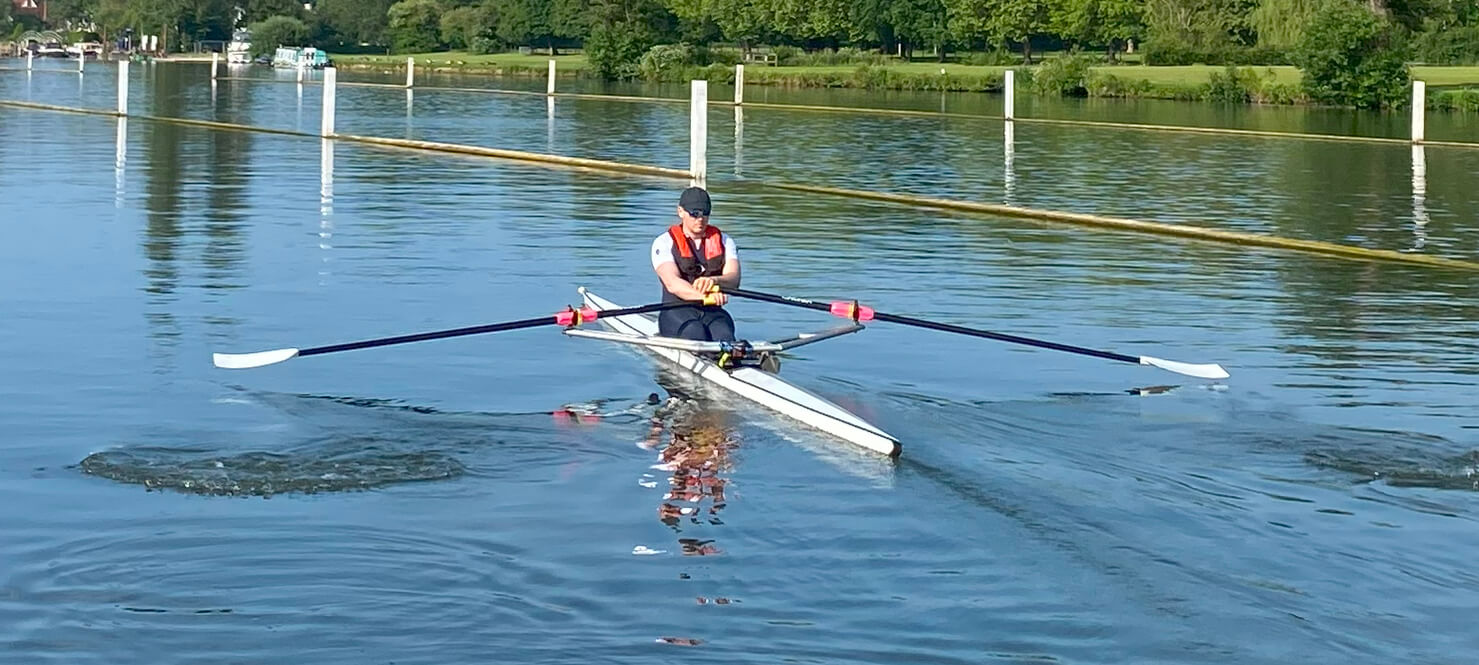
The treatment I had was particularly long, and I kept myself going by setting myself a goal for what I would do when it finished. The goal I have set for myself – to be competing at a high level in June 2025 (18 months after the end of treatment) is quite a difficult one, but whether I accomplish it or not, the process of attempting it is where my interest lies.
Although there is some research on the benefits of light exercise for people undergoing and recovering from these kinds of treatment, there is little information about whether high-performance training regimes are tolerable and how they should be adapted. I aim to try some things and see what works and what doesn’t.
Over the past 7 years, a lot of things have happened in my life that have been out of my control. This project is something that I can have full control over and I will be able to take pride in what I achieve doing it.
5. Why did you decide on using flywheel training for your comeback to rowing? How does this compare to the training you were doing before?
During my treatment, social media continually marketed the kBox to me. The thing that grabbed my attention was the ability to create eccentric overload. I had used eccentric overload training early in my rowing career to great effect (using barbells with spotters assisting the concentric phase.) I could see that this eccentric overload opportunity would be a really good stimulus for regaining strength quickly.
Another key benefit of the flywheel is that the load is instantly variable. Returning to training after treatment I had no idea how strong I would be (and I have found that as you recover, how strong you are on any given day can be unpredictable).
“Using the flywheel means that you don’t risk loading up the bar with a weight you aren’t capable of and injuring yourself.”
Another great benefit to flywheel training is that it is time efficient, previously when I was weight training I was spending a lot of time loading and unloading bars and leg press machines. The flywheel allows you to get the same training stimulus with a much shorter setup time.
6. What does your current training plan look like? And how are you integrating flywheel strength training into your routine?
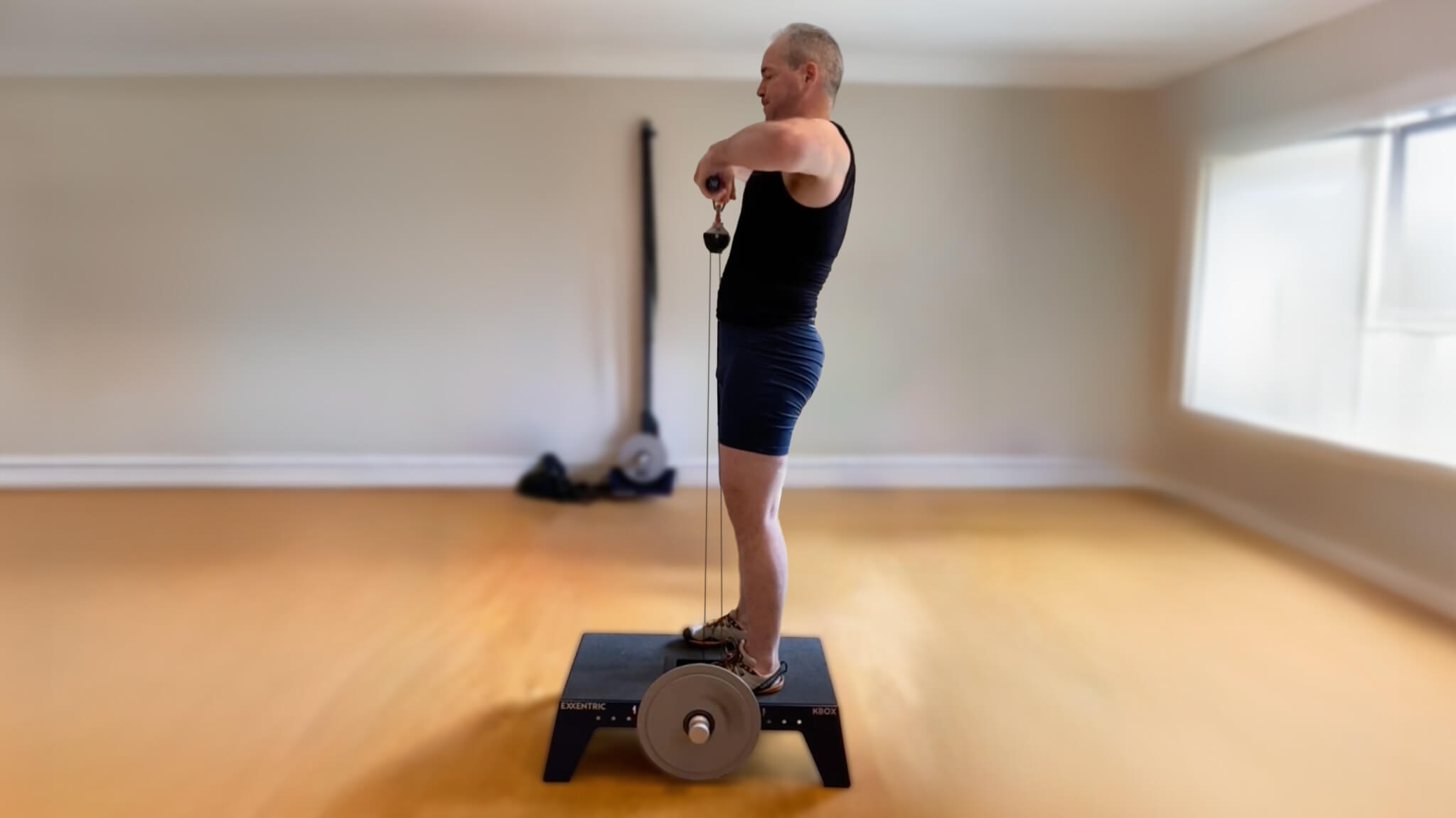
In the first 6 months of this project, I am just trying to build up resilience to training. I am working on basic strength and cardiovascular conditioning. I aimed to build up initially to 3 strength (flywheel) sessions a week and 3 interval sessions a week. Hopefully, over the summer as the weather improves, I will add in some longer sculling sessions.
The flywheel has been very useful for building strength in this first phase. I also need to lose some weight, so I am going to try adding some high-intensity interval training sessions on the flywheel each week.
7. Do you have any baseline performance metrics that you will use to track your progress? Are you aiming to beat your lifetime bests or just improve daily? Are you tracking strength performance in addition to rowing times?
The classic performance metric used in rowing is a 2km test on the rowing ergometer. I decided that would be a useful way to keep a check on how things are going. I aim to do a test every 4-6 weeks. Initially, I set a stroke rate limit which I increased by 2 each time I did the test (I know what speed improvement I should expect from increasing the stroke rate so anything that is better than that demonstrates a fitness improvement).
I’d say I’m a long way behind my lifetime bests (and at my age, it seems unlikely I’d get back to them) but I am enjoying improving my ‘post-treatment bests’!
I have been rowing up and down the same stretch of river for over 20 years, so by now I have a sense of how fast I should cover different sections of the watercourse in different streams and weather conditions. I have only just returned to the water because the river has been flooded, and pleasingly I have found that I am faster than I had expected.
In the past, I didn’t really do strength max. tests (I was able to reliably estimate from training weights), but I will certainly make use of peak power tests on the kBox, particularly next summer when power is more of a focus in the programme. Anecdotally I do feel much stronger than when I started the flywheel training, and I’m able to carry heavy and difficult loads for much longer than I used to be able to.
8. What is your planned competition schedule? What is your ultimate goal?
This summer I will enter a number of short (1km or less) low-level regattas, just to get the feel for racing and dealing with the logistics of race day again. In the autumn I will enter some long (up to 11km) time trial races in Europe at a slightly higher standard. In the summer of 2025, I will aim to do the full circuit of top-level British regattas, with my ultimate goal being to race in the qualifying race for Henley Royal Regatta.
9. What advice would you give athletes recovering from circumstances that took them away from their sport? What advice would you give to those just starting out?
The obvious advice to athletes recovering from circumstances that took them away from their sport is to be sensible – don’t expect to come back in as fast as you were before.
“Be patient – take time to build up the training and performance levels, and be pleased with any improvement and stoic about any setbacks.”
The one benefit of being in this position is that all the weight of previous expectations is gone. If you succeed with your goal then that’s great, but if you fail, trying in the first place is also great and the failure doesn’t erase your past achievements.
I think if you have been ill, you need to be prepared to continuously adjust your training – if it really feels like you are too tired to train, then modify what you are doing. It’s very easy to feel good one day and train like you used to train, and then on another day be inexplicably exhausted.
Another piece of advice would be “Don’t be too realistic”. It’s ok to set a really difficult goal as long as you can be satisfied with the attempt to get there, and comfortable with the possibility you won’t make it.
The same advice goes for people starting out – set realistic goals for the short term but it’s ok to have a more adventurous goal that you are working towards in the future.
10. Beyond competitive aspirations, what do you hope to accomplish by sharing this journey?
I haven’t been able to find out much about competitive training after chemotherapy. I aim to use my previous experience in rowing to create and continuously tune a training programme to recover myself to a competitive level. Once I have done that, I will be happy to share with other people in a similar position, what worked well and what went wrong.
